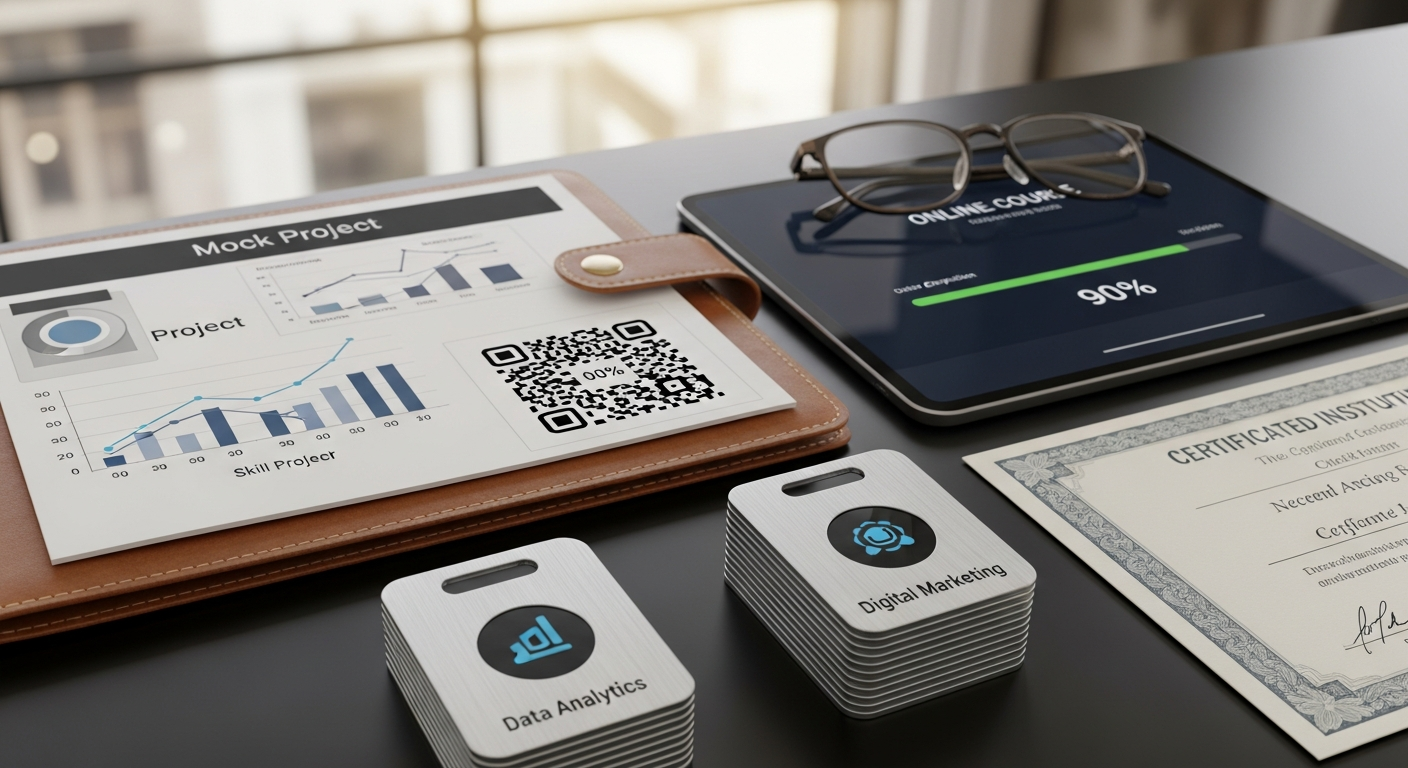Measuring Learning Outcomes: Metrics That Employers Recognize
Employers increasingly seek concrete evidence that learning investments translate into workplace-ready skills. Measuring learning outcomes requires a mix of quantitative and qualitative metrics—skill assessments, validated credentials, project performance, and observable behavior change—that signal employability. This article outlines employer-recognized metrics and explains how learners and institutions can present outcomes clearly to hiring teams and workforce planners.

How do employers view upskilling and reskilling?
Employers treat upskilling and reskilling as targeted responses to changing role requirements and technology shifts. Metrics that matter include pre‑and‑post skillassessment scores, time-to-proficiency for newly introduced tools or processes, and measurable performance improvements on job tasks. Employers also value evidence of applied learning—projects or on-the-job demonstrations showing transfer of knowledge. When workers document clear gains tied to business outcomes (reduced errors, faster delivery, improved customer metrics), upskilling and reskilling efforts are more likely to be recognized as meaningful to careerpaths and organizational goals.
Are microcredentials and certifications valued?
Microcredentials and certifications can be useful if they are transparently mapped to competencies that employers need. Relevant metrics include accreditation or third-party recognition, the rigor of assessments behind a credential, and how specific competencies are labeled and tested. Employers respond better to credentials that specify what a holder can do, with verifiable assessment artifacts or evidence. Rather than an open-ended list of course titles, employers look for credentials aligned to workplace tasks and linked to known standards or accreditation frameworks.
Can portfolios and accreditation demonstrate skills?
Portfolios showcase applied learning in ways that standardized credentials cannot always capture. Employers look for annotated work samples, project summaries, and links to live products or code repositories that reveal both process and outcome. Accreditation adds institutional credibility by indicating adherence to recognized standards, but accreditation alone does not prove performance. The most persuasive combination is accredited programs that also produce robust portfolios with measurable outcomes, such as client feedback, metrics of impact, or supervisor evaluations recorded during apprenticeships or practicum placements.
What role do apprenticeships and skillassessment play?
Apprenticeships pair work-based evaluation with progressive responsibility, producing metrics employers respect: supervisor assessments, competency checklists, milestone completions, and retention indicators. Structured skillassessment—using task-based tests, simulations, or observed demonstrations—helps translate informal learning into comparable results. Employers often rely on consistent rubrics to compare candidates: the same assessment across cohorts provides reliable signals about ability levels, making hiring and internal mobility decisions more data-driven and defensible.
How do employability and careerpaths intersect?
Employability is a composite measure that includes technical skills, soft skills, and evidence of adaptability. Employers look for metrics such as successful transitions into new roles, internal promotion rates, and breadth of experience across careerpaths. Tangible indicators include competency maps, references tied to demonstrated outcomes, and documented learning journeys that show progress across multiple competencies. Candidates who can link learning to clear role-relevant outcomes—through assessments, portfolio items, or apprenticeship feedback—improve perceived employability.
How does lifelong learning and remote learning fit workforce needs?
Lifelonglearning and remote learning have expanded access but require clarity about outcome measurement. For remote learning, employers prioritize verifiable assessments, proctored exams or project submissions with versioned timestamps, and collaboration artifacts that demonstrate remote teamwork skills. Lifelong learning is best evidenced by longitudinal records: repeated skillassessment results, stacked microcredentials showing progression, and updated portfolios reflecting recent work. Employers also value indicators of learning agility—how quickly an individual acquires new competencies and applies them in changing work contexts.
Conclusion
Employers recognize learning outcomes when they are measurable, transparent, and linked to workplace performance. Useful metrics include validated skillassessment scores, competency‑mapped credentials, project-based evidence in portfolios, apprenticeship evaluations, and tracked progress across careerpaths. Presenting outcomes with standardized rubrics, documented artifacts, and alignment to business-relevant tasks helps learners and providers translate learning into credible signals of employability and workforce readiness.





